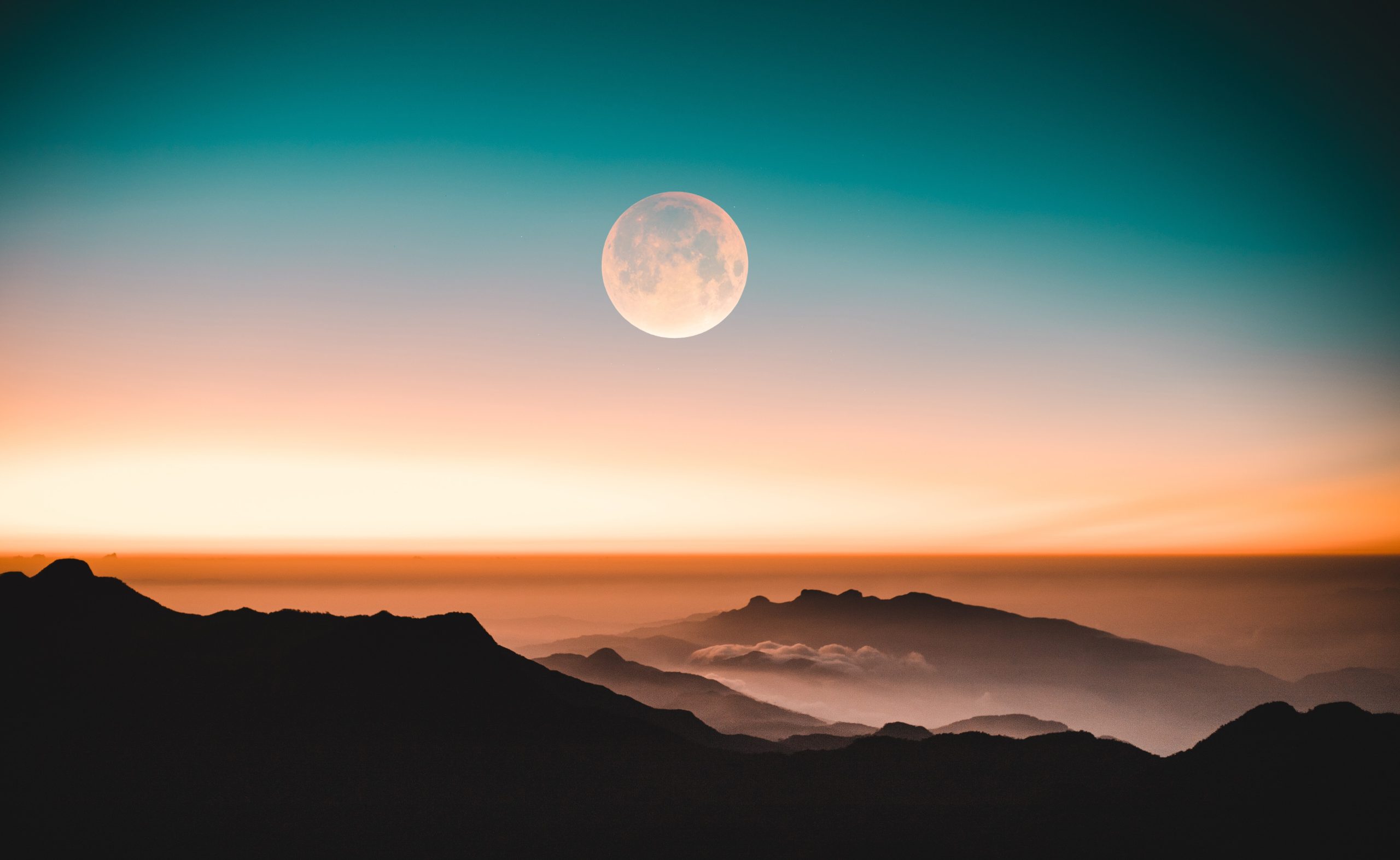Understanding the Waxing Crescent Moon: A Detailed Exploration
In the vast expanse of the night sky, the moon takes on various phases, each possessing its own unique beauty and significance. One of these captivating phases is the waxing crescent moon. This celestial phenomenon, marked by its slender, crescent-shaped illumination, serves as an enchanting prelude to the grandeur of a full moon. In this blog post, we will embark on a detailed journey to understand the waxing crescent moon, exploring its characteristics, significance, and the science behind its mesmerizing beauty.
What is a Waxing Crescent Moon?
The waxing crescent moon, also known as the “young moon,” is a lunar phase that occurs in the early stages of the moon’s monthly cycle. It follows the new moon phase and is the precursor to the first quarter moon. During this phase, the illuminated portion of the moon is only a small crescent, which gradually grows larger each night.
Appearance and Characteristics
Upon spotting a waxing crescent moon in the night sky, one can immediately notice its striking resemblance to a graceful, delicate crescent. The illuminated section of the moon, often described as a luminous smile, occupies a small portion of the lunar disk. Its slender arc extends from the right in the Northern Hemisphere and from the left in the Southern Hemisphere.
Due to the small amount of light reflected by the moon during this phase, the surrounding darkened portion of the lunar disk is often visible as a faint glow. This phenomenon, known as “earthshine,” occurs when sunlight reflects off the Earth’s surface and indirectly illuminates the unlit portion of the moon.
As the nights progress, the waxing crescent moon appears to grow brighter and larger as more of its illuminated surface becomes visible. This phase lasts for approximately 7 to 10 days before transitioning into the first quarter moon phase.
What Causes the Waxing Crescent Moon?
The moon, our nearest celestial neighbor, orbits around the Earth while the Earth orbits the Sun. The changing phases of the moon are a result of its position relative to the Earth and the Sun. Understanding the positions and angles of these three celestial bodies is crucial in comprehending the waxing crescent moon.
The moon’s phases are determined by its position in relation to the Sun as observed from the Earth. During a new moon, the moon is located between the Earth and the Sun, with the side illuminated by the Sun facing away from Earth, rendering it invisible. As the moon progresses in its orbit, a small sliver of the sunlit side begins to come into view, giving rise to the waxing crescent moon.
When the moon is in its waxing crescent phase, it is visible shortly after sunset, positioned low on the western horizon. As the night progresses, the moon gradually rises higher in the sky, until it sets in the western sky before dawn.
Significance and Cultural Interpretations
The waxing crescent moon holds fascinating importance in various cultures and traditions around the world. Its appearance has been associated with new beginnings, rebirth, and the anticipation of growth.
In Islamic culture, the sighting of the waxing crescent moon marks the beginning of a new lunar month, determining the start of significant events such as Ramadan and Eid. The crescent moon holds symbolic meaning in Islamic art and architecture, often adorning mosques and religious manuscripts.
In ancient civilizations, such as Mesopotamia and Egypt, the waxing crescent moon served as a celestial timekeeping marker, guiding activities such as planting crops and tracking the passage of months.
Furthermore, the waxing crescent moon’s fleeting appearance in the early evening sky has inspired countless poets, artists, and dreamers throughout history. Its delicate glow has been associated with themes of hope, mystery, and the ephemeral nature of life.
Tips for Observing the Waxing Crescent Moon
Observing the waxing crescent moon can be a rewarding and awe-inspiring experience. Here are some tips to enhance your lunar observations and make the most of this captivating phase:
- Check the moonrise and moonset times in your location to plan your observation sessions.
- Find a location with minimal light pollution to enjoy better visibility of the moon’s delicate crescent shape.
- Use binoculars or a small telescope to magnify the moon’s details, such as the soft edges of the illuminated crescent and the subtle shadows that form along its border.
- Consider capturing photographs of the waxing crescent moon, experimenting with different exposure settings and compositions to convey its ethereal beauty.
- Keep a moon journal, recording your observations of the waxing crescent and noting any unique features or emotions it evokes.
In Conclusion
The waxing crescent moon, with its slender, crescent-shaped sliver of illumination, stands as a testament to the ever-changing beauty of the celestial realm. Its appearance heralds the promise of new beginnings and fills the night sky with a mesmerizing glow. Understanding the science, significance, and cultural interpretations of this lunar phase adds a deeper appreciation for the wonders that unfold above us each night. So, let us gaze up at the heavens, embrace the enchantment of the waxing crescent moon, and be reminded of the infinite possibilities that await us in the cosmic tapestry of existence.
Table of Contents
